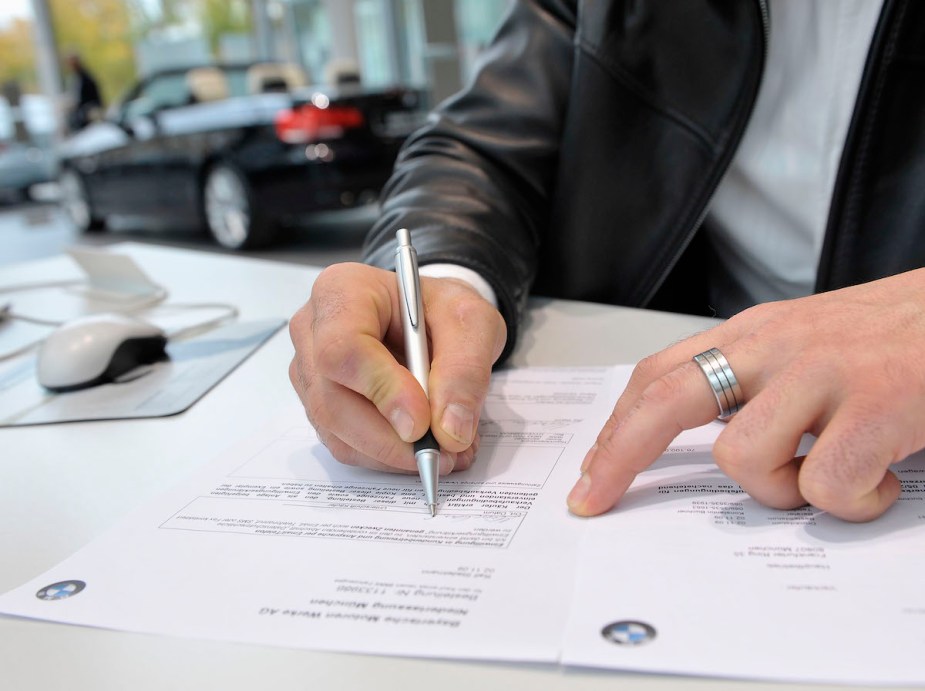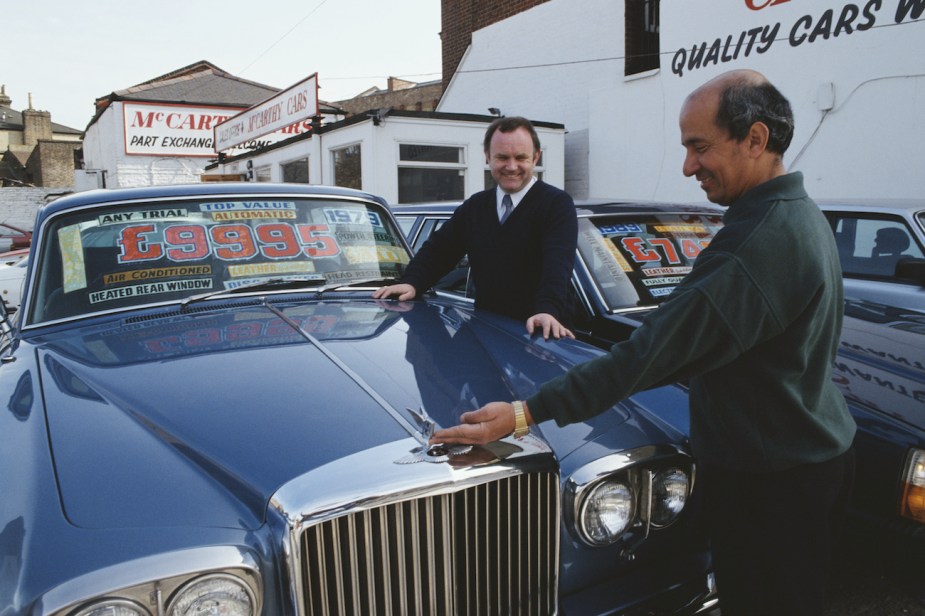
How Does a Car Trade-in Work?
Are you planning to buy a new or used car but are unsure what to do with your current one? You can sell it, keep it, or trade it in. If you choose the last option, then you have a little work to do before handing your keys over to the dealership. Here is how the trade-in process generally works.
Determine how much your car is worth

If you decide to trade in your current car, the first step is determining how much it is worth. You can check out Kelley Blue Book, TrueCar, or Edmunds to get a ballpark range on your car’s actual market value. Just remember, these sites are used as a guide and are not rulebooks regarding a car’s value.
Also, take a good hard look at your car and be honest with yourself. You have likely built up a strong bond with your car over the years and think that it’s in amazing shape. Is it, really?
Check out the body panels and look for faded paint, rock chips, and scratches. Look at the tires and check if they are worn out. Look at the inside of the car and pay close attention to the seats, carpet, and dashboard. Look underneath the car for fluid leaks, and check the engine bay.
Are all of these areas in pristine shape? Depending on how old and how used your car is, probably not. These are the areas that the used car appraiser will look at to determine the value of your car. They will also note the car’s mileage, service history, and accident history, so it could be worth looking up its vehicle history report on AutoCheck or Carfax.
What is your auto loan status?

After you figure out the value of your car and know what range you could get for the car, it’s time to look at your auto loan status, if applicable. If you have a loan on your current vehicle, you find out how much you still owe. Hopefully, you owe less on the loan than the car is worth, then you’ll have “positive equity.”
However, if you owe more on the loan than the car is worth, you’ll have “negative equity.” This means that after you trade the car in at the dealership, you will either have to roll the negative equity onto the next loan or pay it off completely to break even.
To find out how much you still owe on your car, call the auto loan company (lender) to find out. They will give you a “10-day payoff” amount that you can give to the dealership when trading in your car. When the car is traded, the dealer will pay off the remainder of the loan.
Shop your trade around to different dealers

After figuring out your car’s trade-in value and the remaining loan amount, it’s time to head to the dealership. Don’t just go to one and trade your car in there; instead, it’s a good idea to shop your trade around. That means taking it to a couple of dealers, including Carmax, to see who can give you the best deal.
After getting the highest offer, you can then use it as leverage at the dealership where you’re buying the new car from. Most times, the dealer can match or beat the offer to earn your business.
iSeeCars notes, “Shoppers often assume once a purchase price is set, and the trade-in value is agreed to, the deal is done. But the deal isn’t done until the paperwork is signed.” In that regard, remember that you can walk away from the deal if you don’t get the trade-in value that you want.
However, if your car is in poorer shape than you thought, there’s a chance you will have to settle for a lower offer than you originally thought.
As a side note, we recommend cleaning the car before getting it appraised. Most car dealers will tell you that you don’t have to, but it’s always good to put your best foot forward.



